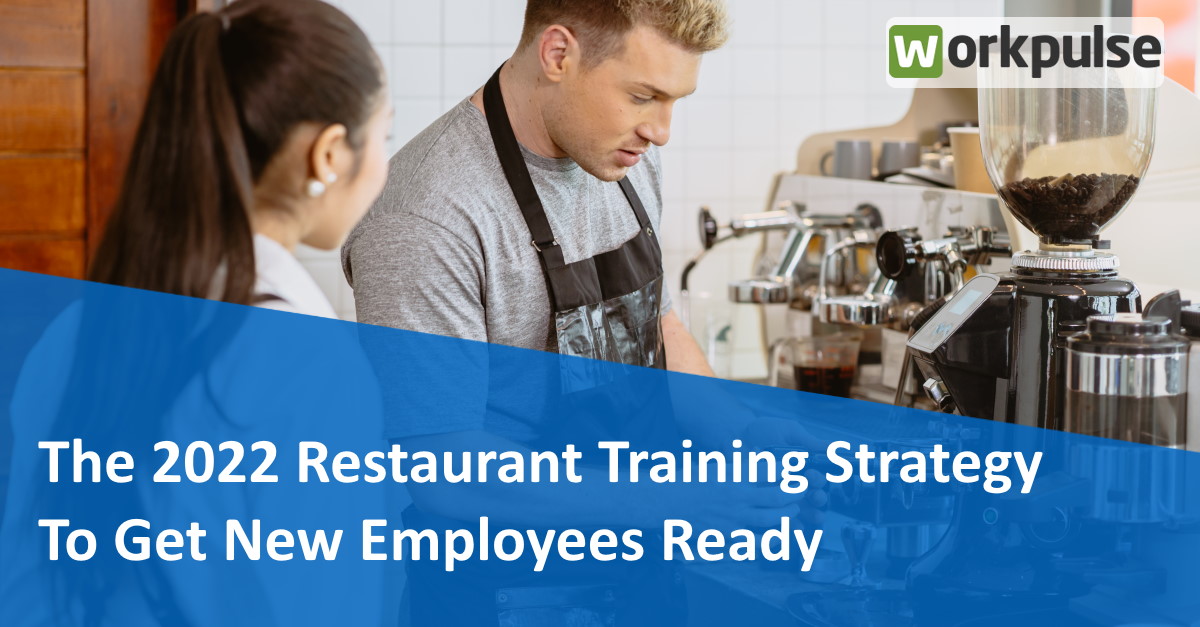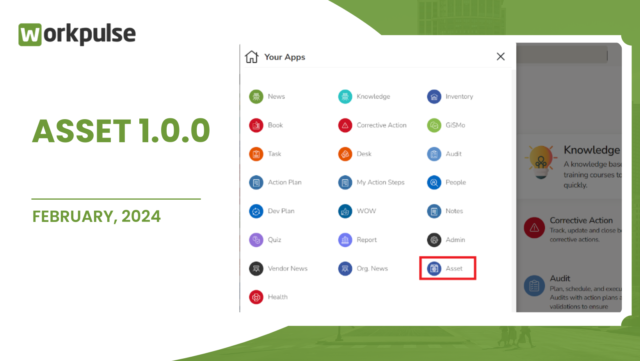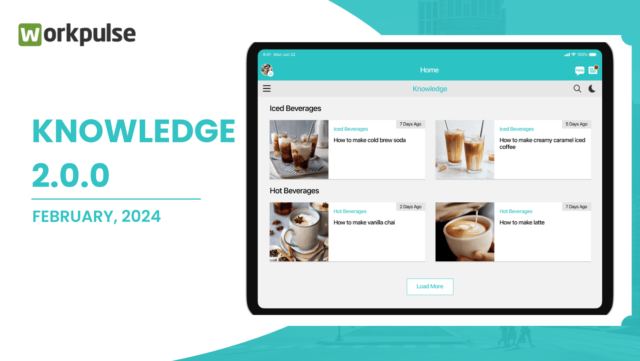Restaurant training has always been one of the most important aspects of ensuring high productivity and retaining employees. However, with the high turnover rate in the restaurant industry (almost 150% for QSRs), operators have to devote more time towards hiring staff. Due to this, training is usually not given the attention or care that is required.
51% of restaurant operators name staffing as a top challenge to success, and 35% say training staff is a top challenge. Even though restaurant training for employees is a key challenge, most operators resort to the traditional methods of training and do not take into account the specific requirement of individuals to become competent at their work. With the majority of the workforce now comprising of Gen Z and Millennials, the approach towards training restaurant staff needs to change drastically and should make better use of modern technology.
Cost of losing a single employee
While operators are aware of the turnover at their restaurants, are they really aware of the cost of losing a single employee? Probably not. The Center for Hospitality Research at Cornell estimates that the cost of employee turnover averages around $5,864 per person for a typical front-line employee.
Not only is the suggested cost a significant dent to the restaurant’s budget, but also indicates the possible loss that any restaurant would incur with a turnover rate of more than 150%. According to CHR, the breakup of the cost is as follows:
- 3% Pre-departure: $176
- 20% Recruiting: $1,173
- 11% Selection: $645
- 14% Orientation & Training: $821
- 52% Productivity Loss: $3,049
The breakdown of the cost reveals that 14% is associated with orientation and training. By adopting a proper restaurant training strategy, operators can at least save 14% of the cost and also witness a direct impact on retention because employees provided with proper training and onboarding tend to perform better and have less inclination towards quitting within a short period.
2022 restaurant hiring strategy
Its 2022, and the restaurant industry is still recovering from the aftermath of the global covid pandemic. However, the hiring challenges are still prevalent and restaurant operators are now focusing on improving their training program to ensure new employees are made competent to perform better. This will keep them motivated to perform their duties effectively and pursue larger roles in the organization.
Amongst the various learnings from the pandemic, one of the most significant learnings is the adoption of technology to enhance productivity and competency. Based on the feedback provided by Workpulse subscribers, we have compiled a restaurant hiring strategy that will help operators to train new employees and prepare them for on-job excellence.
Set realistic expectations
All new employees should be given complete clarity on their roles and the expectations kept from them. This small step will go a long way to ensure that employees understand what is expected from them. Based on the defined parameters, employees will get realistic goals that they can work towards and make dedicated efforts to achieve. Employees, especially new joiners, tend to burn out when they try hard to fulfil expectations that they are not fully aware of. Imagine trying to prepare a latte when there is no clear definition of the expected outcome in terms of flavor profile and appearance. This is exactly what restaurant employees go through when they are made to do work that have no defined outcomes or parameters.
Leverage a digital training system
Almost all new recruits for your restaurant will either be a Gen Z or a Millennial. People from both segments are technically savvy and prefer using technology to get things done efficiently. Leverage this to your advantage by providing digital training systems to enable employees to learn at their pace, check their level of learning, and get customized development plans for their specific training needs.
With a digital solution, it is possible to add videos, add interactive quizzes, and provide guides that can be utilized by employees to fulfil the four pillars of restaurant training – see it, learn it, do it, and check it. Trainers can always keep a check on the training progress and provide coaching wherever required. By enabling employees to undertake training and track their own progress, they become accountable for their performance.
Conduct regular assessments
The most effective way to understand the success or failure of any training program is to conduct assessments. Training assessments do not necessarily have to be in-depth performance reviews (usually conducted by an organization during appraisals). It is possible to create interactive quizzes and use them to assess the skills and competencies of employees. By using short and targeted quizzes, managers will be able to evaluate specific skills and knowledge of employees. Not only will this help to provide customized learning pathways, but also give clarity on the actual areas of improvement for each employee.
Create customized training pathways and development plans
The biggest mistake that most trainers make is to provide a generic training plan to employees. Although the work profile may be similar, it is important to take into consideration the individual’s learning curve, adaptability, and key skills. This level of customization can easily be implemented and executed with the help of a digital system. Based on assessment scores and learning progress, development plans can be assigned automatically on completion of the required steps.
Gather feedback
One should not assume the outcomes of a training program. The most effective way to understand the impact of a training program is to gather feedback from the trainees. It has been observed on several occasions that a particular training program will have different effectiveness for different people. By gathering feedback, it is possible to create targeted training programs for employees with similar characteristics.
Match employees with aptitude based profiles
Skills and competencies are important for performing well in any job. However, it is even more important to assign the right people to the right work profiles. The best way to do this is to map the profile with relevant aptitudes. With the help of basic aptitude tests, trainers can assess the natural ability and aptitude of a person to perform better in a particular profile. For example, a person who has an aptitude for managing customer relations should not be assigned tasks for brewing coffee or preparing sandwiches. With training, the person may be able to execute the tasks. But, assigning the person to a customer facing profile would provide opportunities to excel at the work and stay motivated.
Provide upskilling opportunities
Training should never be a one-time activity. Periodic training helps to ensure that employees are updated with current policies, best practices, and techniques with respective to their work profile. Various surveys have concluded that employees proactively seek training and development when they are provided with upskilling opportunities with the goal of helping them grow professionally. This means, if they are aware of larger roles within the restaurant, they can work on the required skills and competencies to be eligible for the new responsibilities. This has proven to be a key motivating factor for new as well as existing employees.
Integrate training with employee engagement programs
Restaurants that have managed to ensure training effectiveness and successful outcomes for new employees have integrated the training program with their employee engagement activities. The easiest way to do this is to link training outcomes and skill achievements with rewards. Employee engagement solutions usually have the ability to enable managers to give points that can be collected and redeemed for approved rewards. Not only does this incentivize employees to complete trainings seriously, but also introduces them to the workplace culture of the restaurant.
Invest in people & technology for success in 2022
Investments in technology and training programs are usually considered as operating cost. However, these should be considered as investments. By enabling restaurant staff to develop the required skills and competencies, you can be assured of improved productivity, profitability, and adherence to the brand promise.
Is your time being spent on hiring new people for your restaurant? Use the Workpulse CEO’s hiring strategy for effective restaurant hiring and staffing.
To learn more about the Workpulse Platform for training, development, and employee engagement, schedule a demo with our senior consultant today.




